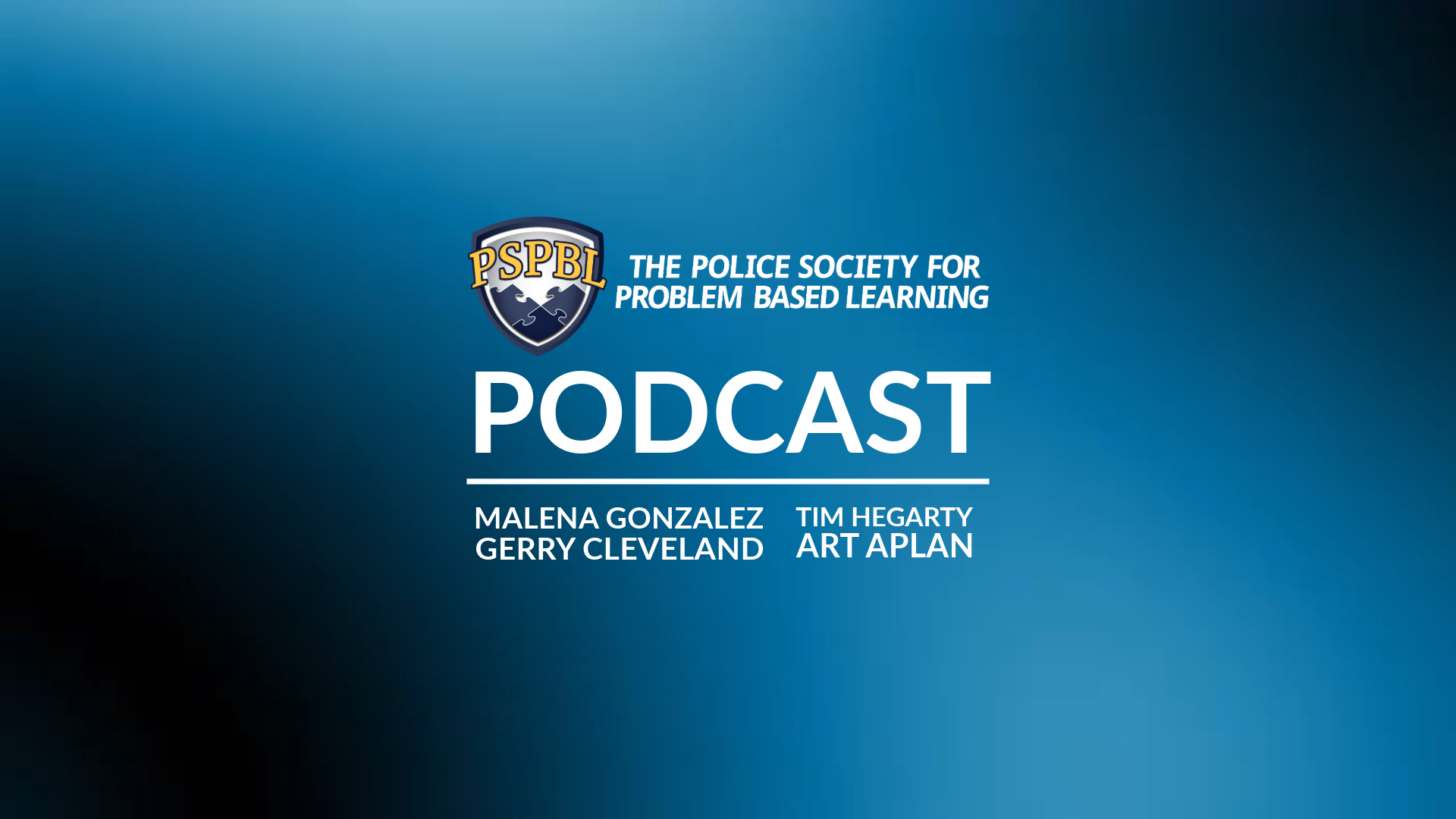Bridging the Gap Between Training and Real-World Policing
Police academies are at a critical turning point—traditional training methods focused on physical and tactical skills are no longer enough. In a recent episode of our podcast, law enforcement education experts Gerard Cleveland, Art Aplan, and Tim Hegarty discuss how academies can evolve to meet modern demands.
Key Challenges in Police Training
One of the most pressing issues is the disconnect between academy training and on-the-job realities. Research suggests that 80% of what is taught in academies is only used 20% of the time in actual fieldwork. This highlights the need to align curriculum with real-world policing needs.
3 Practical Changes Academies Can Implement
- Embrace Active Learning – Move beyond PowerPoint lectures and incorporate scenario-based training, problem-solving exercises, and interactive discussions.
- Prioritize Emotional Intelligence & Critical Thinking – Modern policing requires de-escalation skills, cultural awareness, and mental health training.
- Develop Stronger Instructors – Facilitate continuous professional development for trainers so they can effectively engage new recruits and implement modern teaching strategies.
Moving Forward >>>
While transitioning to problem-based learning (PBL) and student-centered training can be challenging, even small steps—like introducing **one PBL instructor or one interactive training module—**can create a ripple effect.
Want to learn more? Listen to the full podcast episode and get in touch with us at info@pspbl.org to explore upcoming training opportunities.


